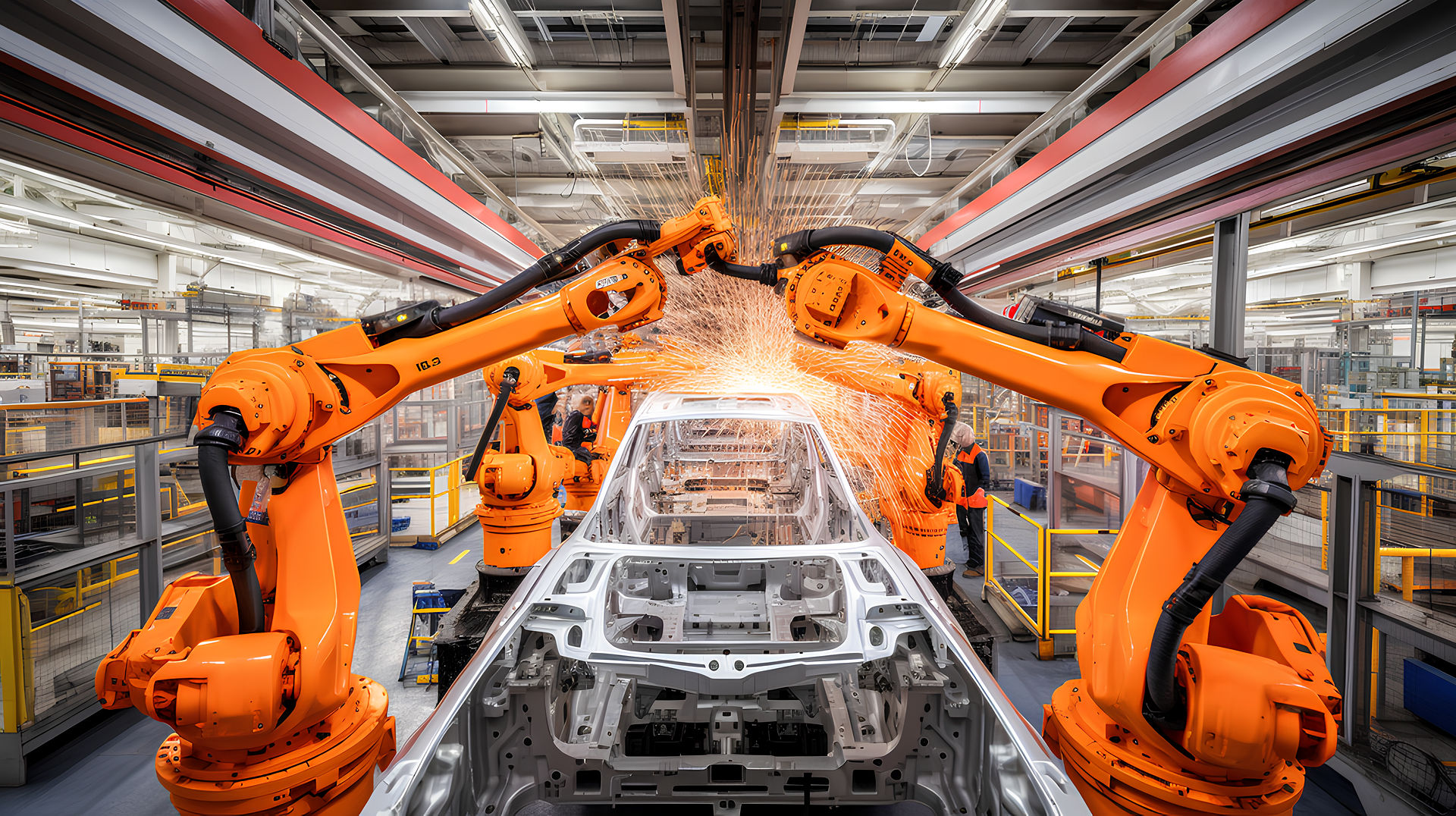A UNIVERSAL SOLUTION
We’re Changing the Way the World is Powered
People know about “internal combustion” and “electric” power, but there is a third choice. It’s the ultra-efficient CHP (Combined Heat and Pressure) engine which can burn any petroleum fuel, or hydrogen.
The result? A lower cradle-to-grave environmental impact than any other powertrain, including electric.
Best of all, CHP is fully scalable to replace any engine in any use, making it a universal solution, as opposed to a niche alternative like electric.
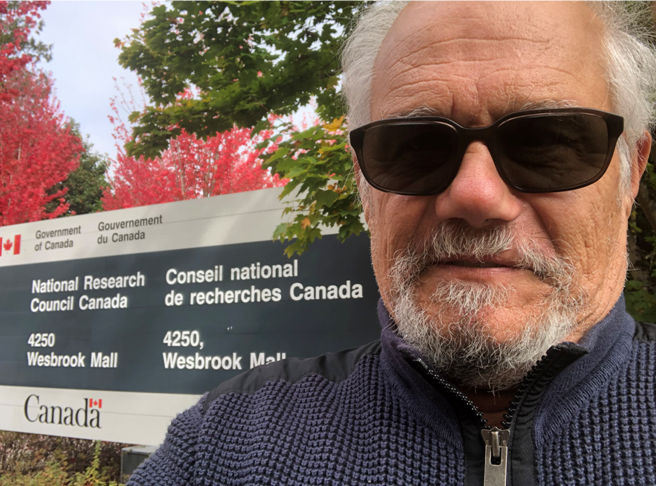
CHP technical research done at the Canadian government National Research Council labs in Vancouver,
Canada
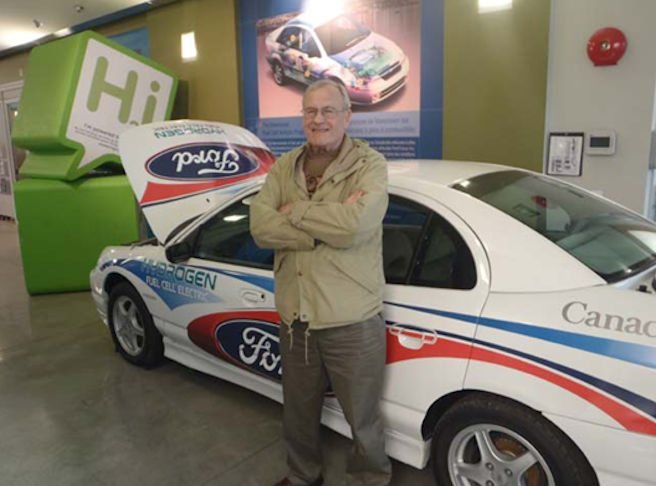
Market research by meeting with major automotive, truck and military vehicle manufacturers in Detroit, Michigan,
United States
ADOPTION of TECHNOLOGY
Unlike any other technology, our patented engine design is a global environmental solution which can be adopted quickly, easily, and inexpensively.
How is this possible? Our CHP engine can be seamlessly manufactured in existing engine plants, with existing processes, machines and labor. It is also scalable, so that it can be installed in any mobile or stationary product which already has an engine.
Made of 100% locally recycled benign materials, the environmental damage normally caused by mining, transportation and related material processing is eliminated. Manufacturing power use can be reduced up to 90%, which further reduces environmental impact.
With a low cost of adoption and production, as well as seamless product installation, governments no longer have to fund subsidies in an effort to create demand. Instead consumers retain their right of free choice in the marketplace, while improving the environment.
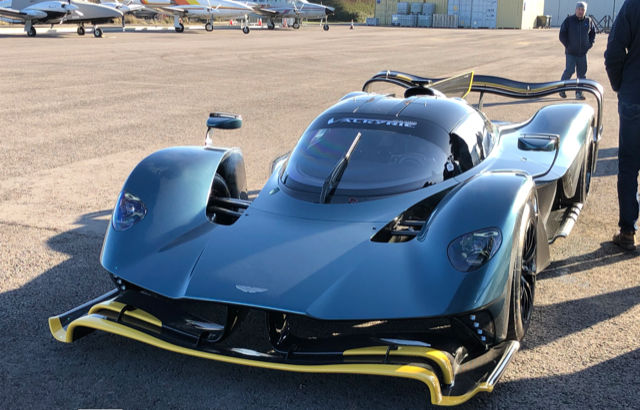
Vehicle CHP engine development commenced by Silverstone Circuit Raceway. Valkyrie engine tuning on the Leicester Airport tarmac,
England
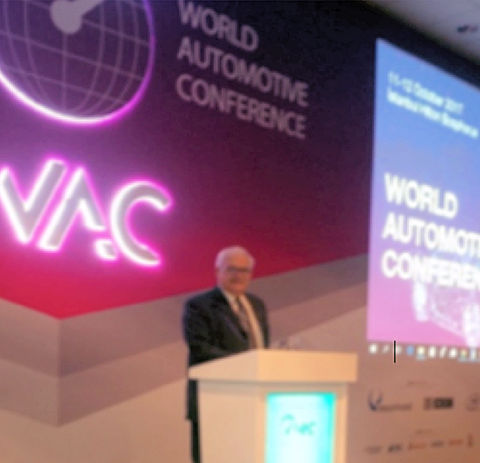
CHP executive “featured presentation” on leading edge engine technology to World Automotive Conference in Istanbul,
Turkey
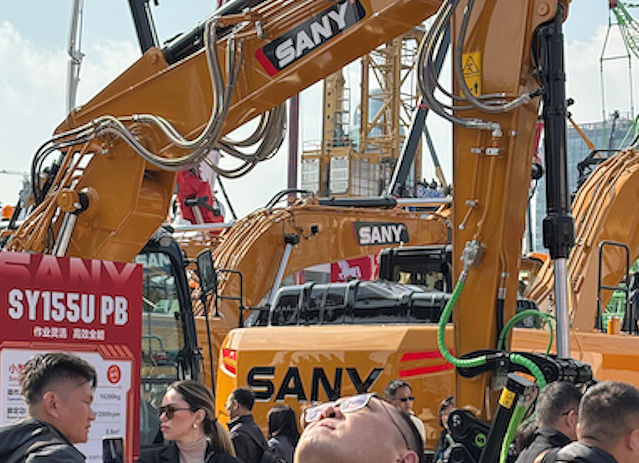
CHP Engine Corporation participation at the Shanghai Heavy Equipment and Industry Trade Show 2024 in Shanghai,
China
THE GLOBAL MARKET
Our CHP engines are designed to rapidly and economically replace every fuel engine in every market segment. Uses would include everything from lawn mowers, cars, and industrial equipment, to train locomotives in size.
How big is the global market? There were 198,641,000 new fuel engines sold in 2023, rising to 216,995,430 units sold in 2024. Sales are projected to reach 480,712,930 units by 2033. Notably, the 9.24% rapid compound annual growth rate projected from 2024 to 2033 is organic, driven by free-choice consumer purchases. The global value of these sales is estimated to be worth US$ 5.1 Billion in 2024, and projected to exceed US$ 6.1 billion annually by 2029 while retaining a 92% market share.
In respect to the replacement engine market, 1.4 Billion fuel powered vehicles are on the road worldwide. With an average 8 year service life, each vehicle may potentially be re-powered with a CHP replacement engine, which represents a trillion dollar opportunity in that market alone.
With CHP being in the same SULEV (super ultra low emissions vehicle) category as electric cars, but with a significantly lower purchase price, and superior range/power capability, consumers may also view it as a viable alternative to electric.

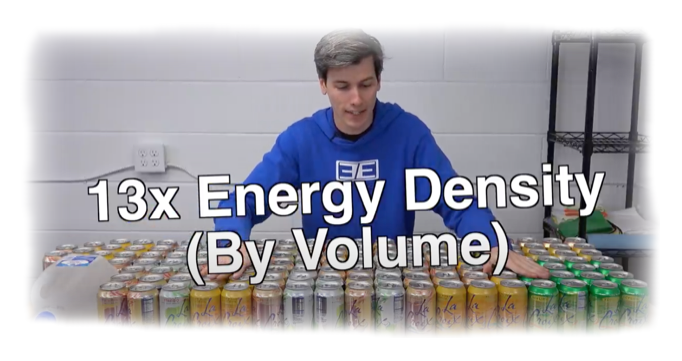
THE SCIENCE
Why fuel? Because all of the infrastructure to use fuel already exists, and the environmental impact to create that infrastructure has already occurred.
As well, fuel has a much higher energy density than any electric battery, current or theoretical. In an average electric vehicle the battery is 1,000 pounds of dead weight, whether charged or not. It take a lot of energy to move that much weight.
In contrast, as little as 25 to 50 pounds of fuel can power an equivalent vehicle the same distance, with the same power.
A CLEAN SHEET APPROACH LEADS TO BREAK-THROUGH TECHNOLOGY
Internal combustion and electric technical advances remain minimal because they are based on old technology, with inherent limitations. In contrast, CHP Engine Corporation took a “clean sheet” engineering approach.
First, was identifying the greatest technical opportunity. Although fuel has high energy density, the USA EPA notes that, “An internal combustion engine converts fuel to 30% pressure and 70% heat. Pressure moves the vehicle, while heat is discharged as wasted energy. ”The engineering solution was to combine both heat and pressure in order to maximize the amount of fuel energy converted to mechanical power. The result? Whereas gasoline engines are 30% efficient in converting energy to power, and diesels are 40%, the United States EPA notes that CHP can attain 80% efficiency with near“zero emissions”.
